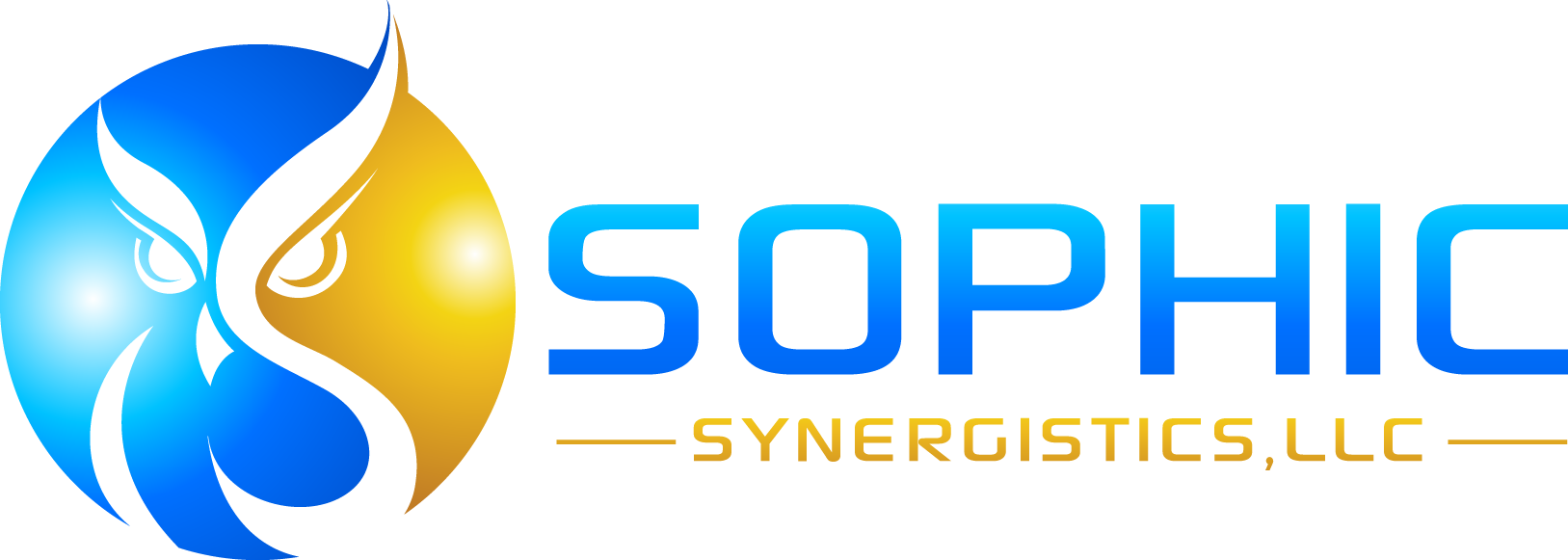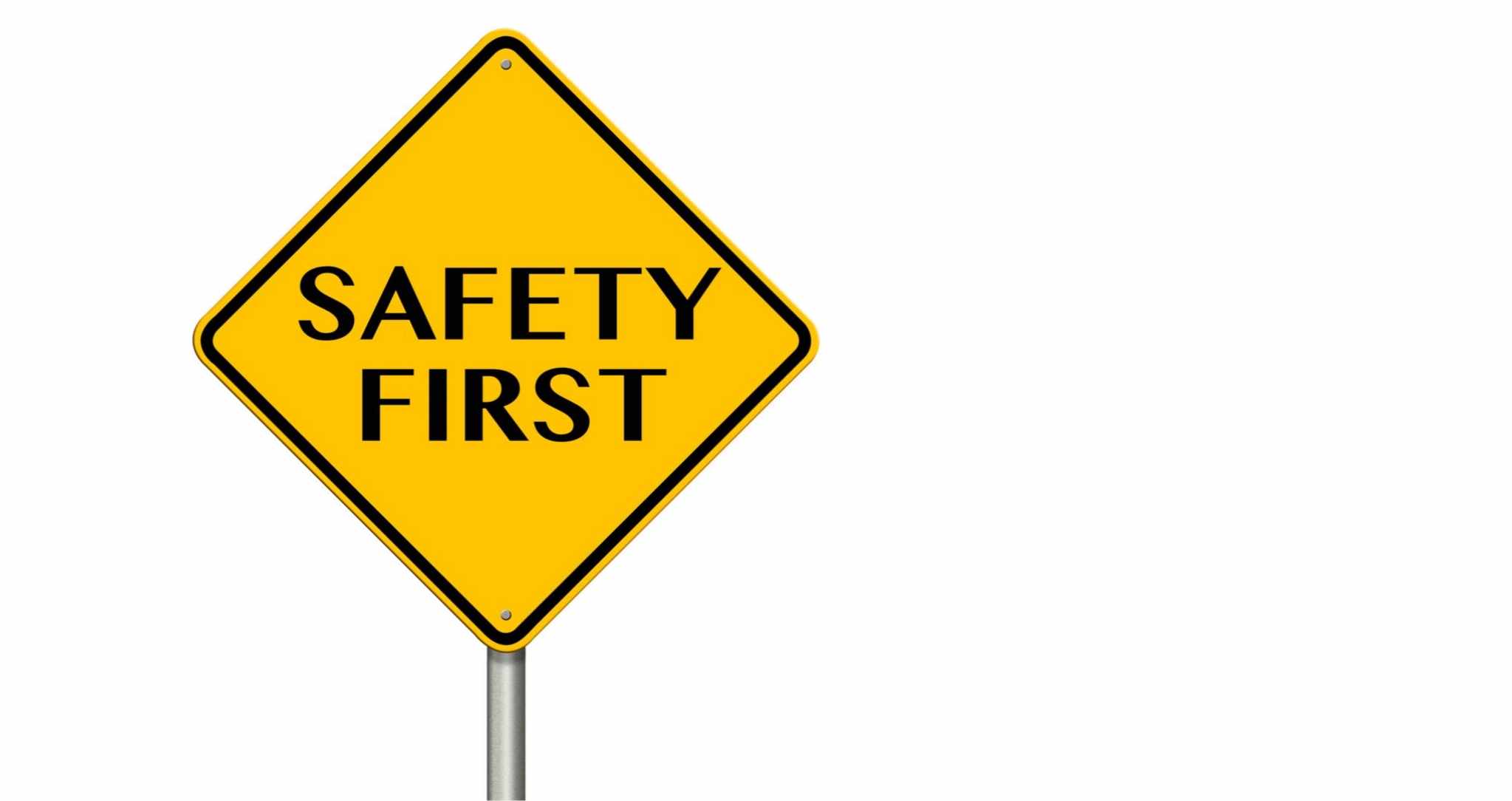“It’s the latest technology! What could possibly go wrong?”
“People already know how to use it. We don’t really need to retrain them.”
Sound familiar? Then, when something we didn’t expect goes wrong, we ask ourselves:
Where was the user testing?
Did we evaluate impacts to the end user?
Did we update our risk analyses with the new changes?
How did we roll out this new product?
This scenario isn’t rare. Companies with incredible safety records and high standards have falsely believed that they have all the bases covered. To understand where you rank on your safety initiatives, you must understand that a strong culture of safety is more than catchy slogans, training programs, policies or procedures. It goes far deeper. It includes how you design tools and workflows for your employees, and how you integrate these to create safe working environments to deliver the safest products on the market.
Boeing thought they had a culture of safety until untested software design changes caused two of their 737 Max 8 airplanes to crash earlier this year. They considered the design changes minimal, and not an impact to the safety of the operators or the passengers.
St. Mark’s Hospital in Millcreek, Utah never thought the unthinkable could happen when one of their patients bled out into a garbage can after a routine surgery. Although they had never had an incident like this, the potential for error was always present.
In 2017, the U.S. Navy was stunned after two of their destroyers were involved in deadly collisions.
Both incidents stemmed from the integration of untested technology. They didn’t consider that any change made to the system would introduce catastrophic risks and harm to the crew.
The culture of safety and the human element.
As you can see, even the most strictly regulated industries – companies that consider themselves safety experts and leverage this to establish a good reputation with their customers – can experience safety and design fails. Many of these companies try to establish a culture of safety, but don’t always capture what hides beneath the surface – the true determinants of risk or hazardous events. We don’t mean human error. We mean the root cause of human error, those areas of risk linked to how the organization conducts business or executes the design of its products and services.
Previous experience and expectations drive how humans will interact with anything. Being knowledgeable about these expectations can help us prevent human error in the design of products and services. Every day there are injuries, monetary losses, and even deaths associated with products that have not effectively accounted for the user’s experience. These tragedies impact real customers, make headlines, and eventually become terrifying statistics:
According to The U.S. Consumer Product Safety Commission, defective or unsafe products cause 29.4 million injuries and 21,400 deaths every year.
A recent Johns Hopkins study found that over 250,000 people in the U.S. die each year from medical errors.
Across all types of medical devices, more than 1.7 million injuries and nearly 83,000 deaths were reported to the FDA over the last decade.
If your product violates how the user believes it should work or introduces an alternative method of use that’s unsafe, there’s an increased chance of misuse, human error, injury, and cost to the organization. Of course, you don’t want to become one of these statistics. A product liability lawsuit is not the desired outcome of a product launch!
How can companies navigate this ocean of risk to achieve an effective safety culture and earn the Safest Company On The Planet badge? The first step is considering safety from the Human-Centered Design perspective, and how this drives your operations and business models. Human-Centered Design as a strategic approach establishes a culture of safety that not only benefits the end customer, but also drives the culture of safety for the organization. It shouldn’t take a tragedy to make a company realize that human factors is a key part of their business strategy and a true culture of safety.
As technology advances, human factors is no longer optional… It’s mandatory!
Human factors is the cornerstone of Human-Centered Design. It’s an expertise that specializes in human everything – human safety, design and preference. Human factors is the answer to preventing errors or tragedies due to poor design, and it’s the key to establishing an impactful safety culture for your business.
Here’s another example: Smart ovens designed by June Ovens. Talk about convenience at your fingertips… This is an oven that you can control from anywhere using an app on your phone! Plenty of consumers who purchased the appliance thought so too. The trouble came when the ovens were turning on in the middle of the night and heating to over 400 degrees! Reports have not indicated if anyone was seriously injured or if fires occurred, but this is a real hazard for users. Users of June Ovens were confused and unaware that this was a possibility based on the information provided and the design itself. Unfortunately, the company has failed to see the opportunity to correct a safety issue and instead focused on blaming the end user. They cited human error as the cause. It’s the responsibility of the company and its designers to identify and mitigate all risks introduced through their products or services.
Companies commonly mistake a failures analysis as their main safety net. They believe that it provides all insight into potential risks. Knowing what failures are possible is not only what is best for your business – it’s necessary! Evaluating products and services from the user’s perspective ensures that how we perceive and make decisions when we interact with technology is considered and risks are prevented. By integrating a human factors expert, you will be better equipped to effectively assess these types of risks and prevent the opportunities for human error introduced through the interplay between design and human behavior.
Product safety depends on Human-Centered Design. Period!
Human factors experts will help to ensure that no matter what you’re designing, your users are always put first. They do this by determining who your users are and how they function. Human factors experts take a close look at your users’ capabilities as well as their limitations to determine where potential risks may be introduced. They can shed light on user expectations and past experiences, and how these will impact your organization and its products either positively or negatively. When Human-Centered Design is at the forefront of your business strategy, all aspects of the organization excel, grow faster, maintain impeccable safety records, and become companies we just can’t live without!


